We live in an era where everything is going digital, and every industry needs to change with the changing technology. Similarly, to thrive in a constantly evolving technology environment, schools must opt for methods of handling school processes.
In recent years, one method that has emerged to help schools in this process is Library Management Systems (LMS). An LMS offers a range of benefits, from ease of use to advanced organization options, making it easy for schools to manage the library aspect of the organization.
A well-functioning library is central to any academic institution. And it is necessary to engage in lifelong learning, research, innovation, and creativity.
But why should schools opt for a Library Management System? Managing large amounts of information, resources, and diverse user needs is challenging. Modern libraries depend on a tool called the Library Management System (LMS) to deal with these challenges.
Library Management System: The Purpose
The purpose of a Library Management System is to automate, manage, and simplify routine library procedures. They offer multiple functionalities tailored towards making it easier for library staff to handle day-to-day activities. These include tracking library materials, managing student accounts, checkout history, fines, generating reports for monitoring circulation statistics, budgets, and inventory levels, and RFID tags used in self-checkout machines or security systems.
Moreover, its features further include digital asset management, archive management, website design and hosting, social media integration, language support, and multilingual functionality. An LMS helps a librarian track materials, maintain statistics, monitor transactions, and perform other administrative tasks necessary for running a modern library.
Library Management System: The Importance
Library Management Systems (LMS) are vital to managing libraries efficiently by automating routine tasks, improving access to resources, and streamlining operations. A library management system (LMS) is a main component of every library. An LMS helps librarians manage library operations efficiently and keep track of audiobooks, video recordings, or electronic databases.
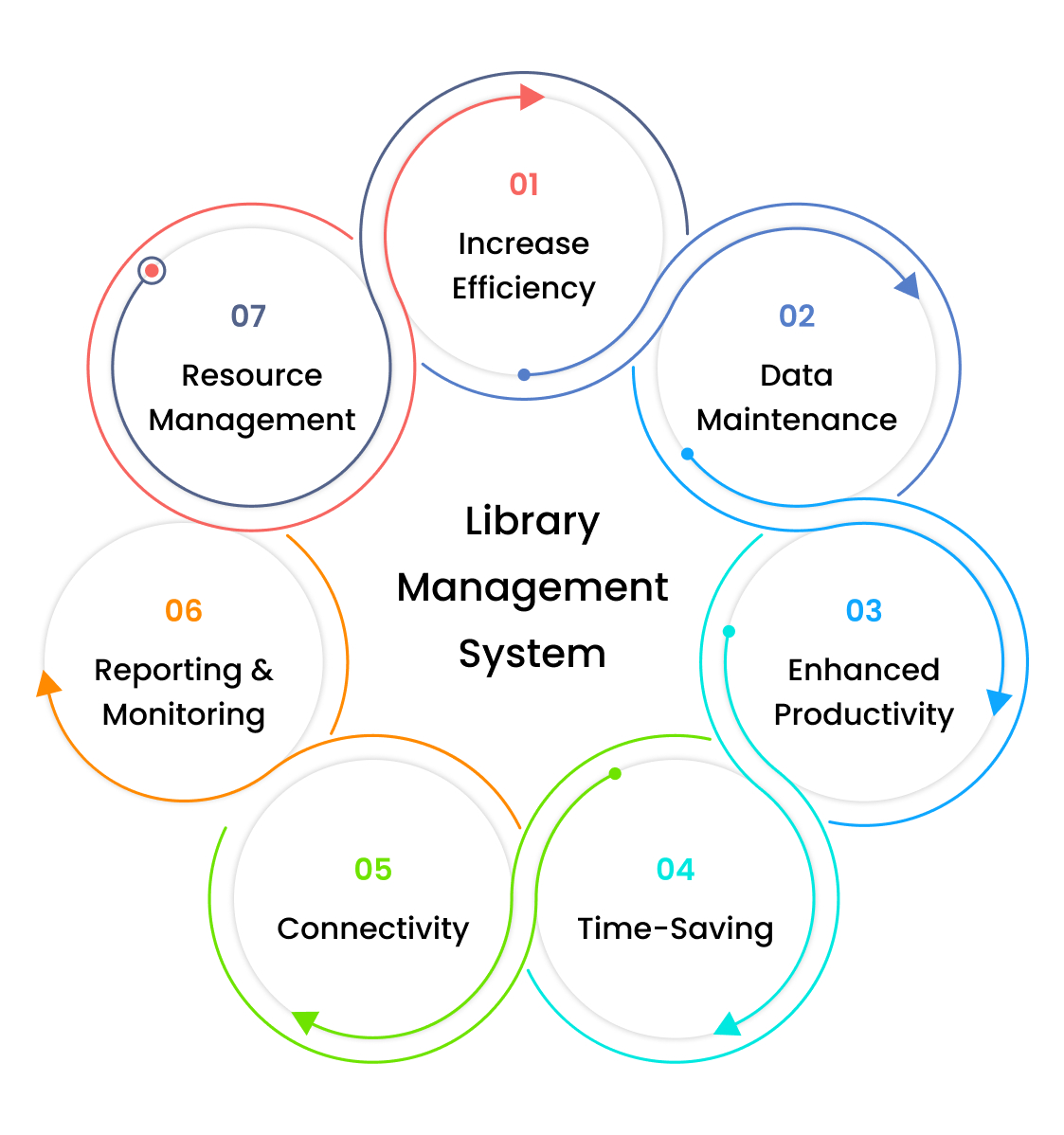
Increase Efficiency: Library management systems help schools increase their efficiency in numerous ways.
- Automation of circulation tasks: Libraries can automate checkouts, returns, and holds using RFID technology. It saves staff time, allowing them to focus more on helping students and providing other services.
- Easy searchability: School libraries usually contain different variety of resources, from books and magazines to videos and online articles. Users can find relevant content using keywords or metadata tags by organizing items into a single database.
- Enhanced reporting capabilities: Most modern library management systems generate detailed reports on usage statistics, item locations, and overdue materials. These metrics provide valuable insights for librarians and administrators who want to make informed decisions based on trends and patterns. Data analysis may reveal areas where collections could be improved or modified for better student engagement.
- Improved communication with users: Many library software solutions integrate email notifications and text alerts for overdue items, hold requests, and upcoming events. Personalized messaging helps keep learners engaged by informing them of available study resources and encouraging greater participation in library activities.
Data Maintenance: Library management systems instruct schools on maintaining their data. School libraries often have a vast collection of books, resources, and materials that need to be organized efficiently for easy access. A library management system (LMS) provides a centralized platform for managing these resources and organizing them into categories like subject, author, etc., making it easier for students and teachers to locate relevant materials quickly.
Moreover, LMS helps keep track of inventory levels, book availability, checkouts, returns, and due dates, ensuring the smooth flow of resources within the school community. Tracking helps librarians and administrators make informed decisions about purchasing new titles, discarding old ones, and allocating funds effectively.
Enhanced Productivity: Library management systems play a significant role in improving productivity across academic institutions. An efficient LMS helps the administration search for required materials, check item availability, locate lost books, update records, generate reports, and perform other administrative tasks.
- Streamlined workflows: Well-designed interfaces enable intuitive navigation and allow students and staff to perform activities without hassles. Standardized procedures, automated notifications, and self-service options reduce wait times and eliminate hurdles caused by manual interventions.
- Personalized recommendations: Intelligent LMS algorithms suggest appropriate resources tailored to individual preferences by analyzing usage patterns, reading lists, instructor suggestions, ratings, reviews, etc.
- Interoperability: The seamless integration capabilities of most LMS platforms allow effortless communication with related systems and applications used daily in academia.
- Accessibility of learning resources: Providing 24/7 remote access via desktop or mobile devices empowers students to pursue their interests outside of formal classrooms.
Time-Saving: Library management systems can help schools significantly decrease time spent on tiring administrative tasks and better allocate staff members' expertise where they can add value. Library management systems automate numerous repetitive administrative tasks, including creating purchase orders, handling overdue fines, and producing reports. All these actions usually require less time, freeing up administrators' time so they can concentrate on higher-level decision-making, strategic planning, budget allocation, and long-term vision development.
Moreover, with an effective library management system, librarians can spend fewer hours compiling circulation statistics, tracking missing books, and updating card catalog records manually. An LMS interface helps teachers find subject-specific material for their assignments.
Resource Management: Efficiently managing resources is crucial for any educational institution. These systems help schools provide quality education. Library management systems (LMS) have several core functionalities that support schools in effectively administering, allocating, monitoring, and optimizing available resources.
- Centralized repository: The digital storage and organization of print and electronic resources provided by LMS create a one-stop solution for accessing all types of content. A centralized repository eliminates unnecessary duplication and makes it easier for staff and students to locate desired materials without wasting time.
- Collection analysis: Utilizing powerful reporting and analytical tools built into an LMS, library professionals can track resource usage trends and evaluate the cost-effectiveness of existing subscriptions or acquisitions.
- Budget optimization: Monitoring expenses and balancing income streams become more manageable when using the integrated accounting functions of an LMS. These systems simplify auditing requirements and ensure informed purchasing decisions.
Reporting and Monitoring: A library management system (LMS) offers robust reporting and monitoring tools that streamline data collection, analysis, and communication across all aspects of school operations. These features enable educational institutions to make informed decisions based on accurate and timely insights. Here is how library management helps schools in reporting and monitoring:
- Easy generation of reports: LMS software uses prebuilt report templates based on numerous parameters like circulation statistics, late fees generated, reserve usage patterns, resource availability, and more. Administrators and librarians can customize reports according to different parameters, generating meaningful and informative data.
- Real-time tracking of key indicators: Many modern LMS solutions offer dashboard views tailored for quick data examination and comparison. Teachers can monitor critical aspects such as active circulation, user satisfaction ratings, materials, and financial health indicators by displaying real-time updates.
Connectivity: A comprehensive library management system (LMS) plays a vital role in enhancing connectivity within schools and among stakeholders by facilitating seamless collaboration, communication, and sharing of resources.
- Integrated Communication Tools: Modern LMS platforms have robust messaging functionalities that allow direct interaction between users, groups, and departments. They help make targeted announcements or messages from administrators, teachers, or librarians directly.
- Cloud-Based Accessibility: With cloud computing, users benefit from remote access to the library's online resources. Any authorized member, whether at home or away from the physical location can browse and communicate via secure portals.
- Virtual Collaboration Spaces: Some LMS providers furnish digital meeting rooms designed for group discussions, file sharing, and joint project development.
- Social Media Integration: Linking your library management platform with popular social media networks creates additional touchpoints for building strong relationships across diverse interest groups within the larger community.
Library Management System: The Features
A Library Management System (LMS) is designed specifically for managing the daily operations of libraries. Features depend on the type of institution and its needs, but some common elements include:

Books and Section Management: Book and section management is one of the primary functions of a library management system. It is a process of acquiring, cataloging, classifying, shelving, loaning out, and receiving books available in the library. Let us see how LMS handles these tasks:
- Cataloging and Classification: When new items are added to a library's collection, they must be fully described using descriptive metadata standards. Each record contains details like title, authors, publishers, subjects, ISBN or DOI numbers, call numbers, notes, etc. As part of cataloging, each item receives a unique identifier, which is useful when searching for and retrieving specific titles later.
- Circulation Tracking: After cataloging, each book or document becomes discoverable. After checkouts, LMS keeps track of borrower details, due dates, recall notices, fines, balances, overdue fee calculations, and associated transactions in its integrated circulation module.
Manage Book Requests: The Manage Book Request feature is one of the core components of our library management system. This feature allows librarians and other authorized users to efficiently manage requests for books that are placed on hold.
When a student places a book request, it becomes visible to all authorized users through this interface. Librarians can then easily track and fulfill each request by scanning items as they are checked out, returned, and shelved. The overall goal of this feature is to streamline communication among staff members and students, reducing wait times and increasing satisfaction levels while maintaining high standards of safety and privacy.
Multi-Library Management: The multi-library management feature is designed to enable seamless integration across multiple libraries, regardless of size or location. This feature allows central management to collect resources and services from a single dashboard. Librarians can monitor circulation activity, membership details, borrowing patterns, and resource availability across all locations using a multi-management feature.
Easy Book Search: With the easy book search feature, students and users do not have to roam from one corner to another to search for books. It is a user-friendly component that simplifies the process of finding the perfect book. Students can use this option to explore collections of titles without navigating through the complex interfaces or extensive menus.
Conclusion:
A library management system is a crucial tool for any modern library. It allows librarians to manage their book collections, provide better service to students, and make informed decisions about future collection development.
A well-implemented LMS can improve the overall functioning of a library by offering many benefits, such as enhanced cataloging, circulation control, and inventory management. As technology continues to evolve, libraries must adapt and implement new systems that meet the changing needs of their users. By investing in a quality LMS, libraries can ensure they remain relevant and accessible to all community members.
So, if you are looking for an effective school management solution that offers effective and customized library management features, try jiSchoolERP.
jiSchoolERP offers an innovative library management system (LMS) to streamline your library’s operations. From cataloging and circulation to inventory management and reporting, jiSchoolERP’s LMS provides everything you need to keep track of your resources. Request a demo and boost your library’s performance today by upgrading to our advanced LMS.

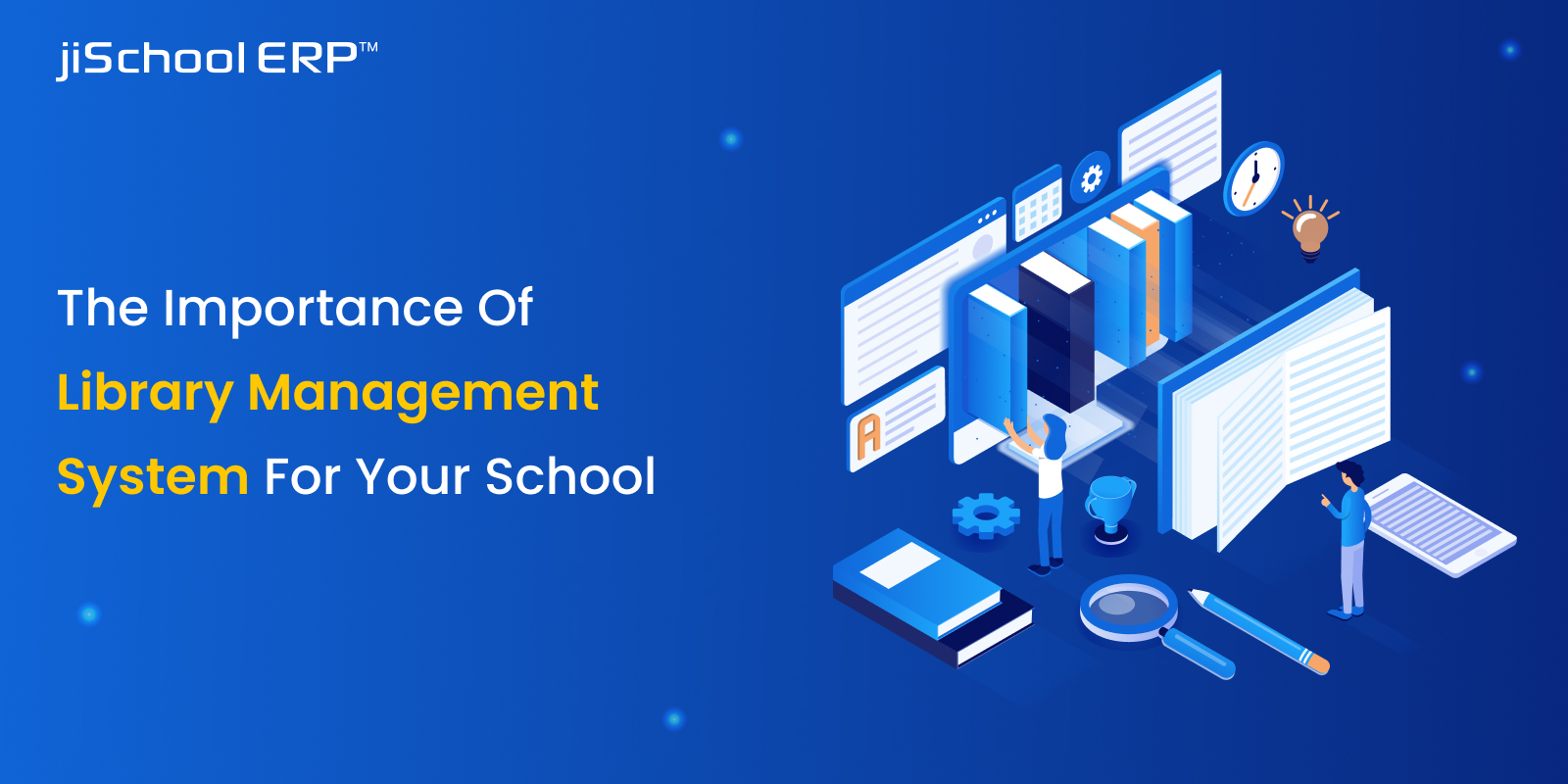




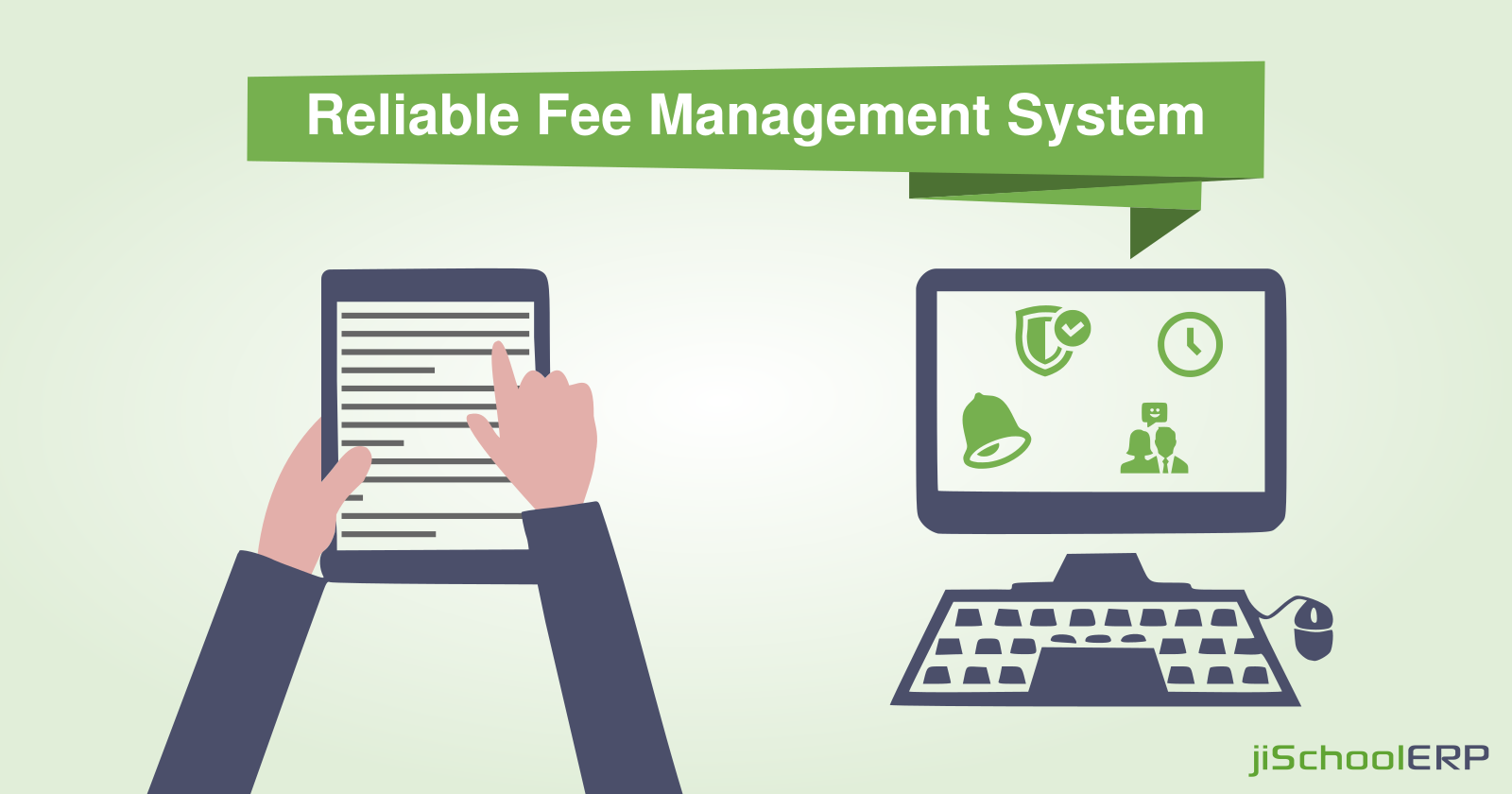
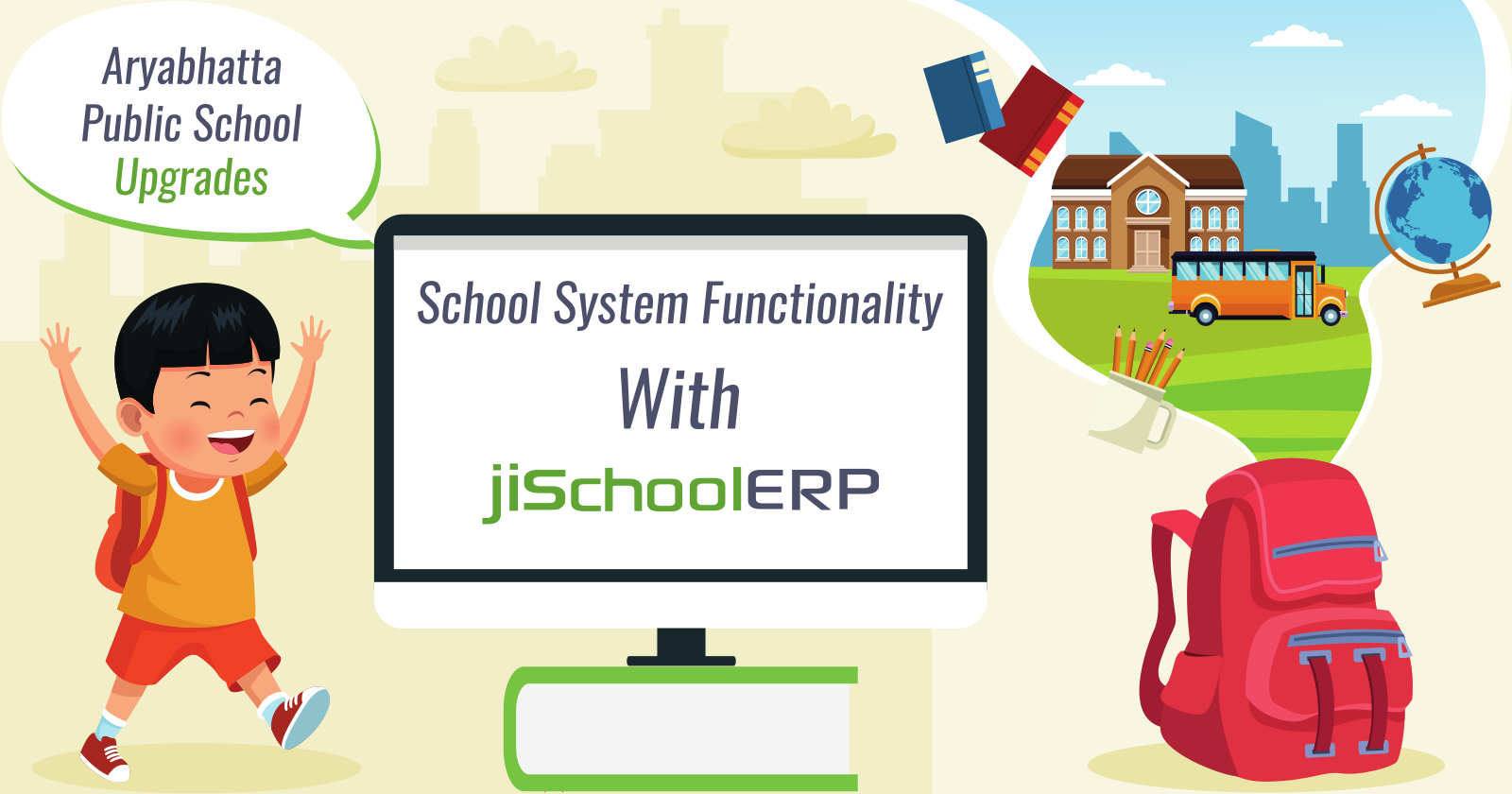





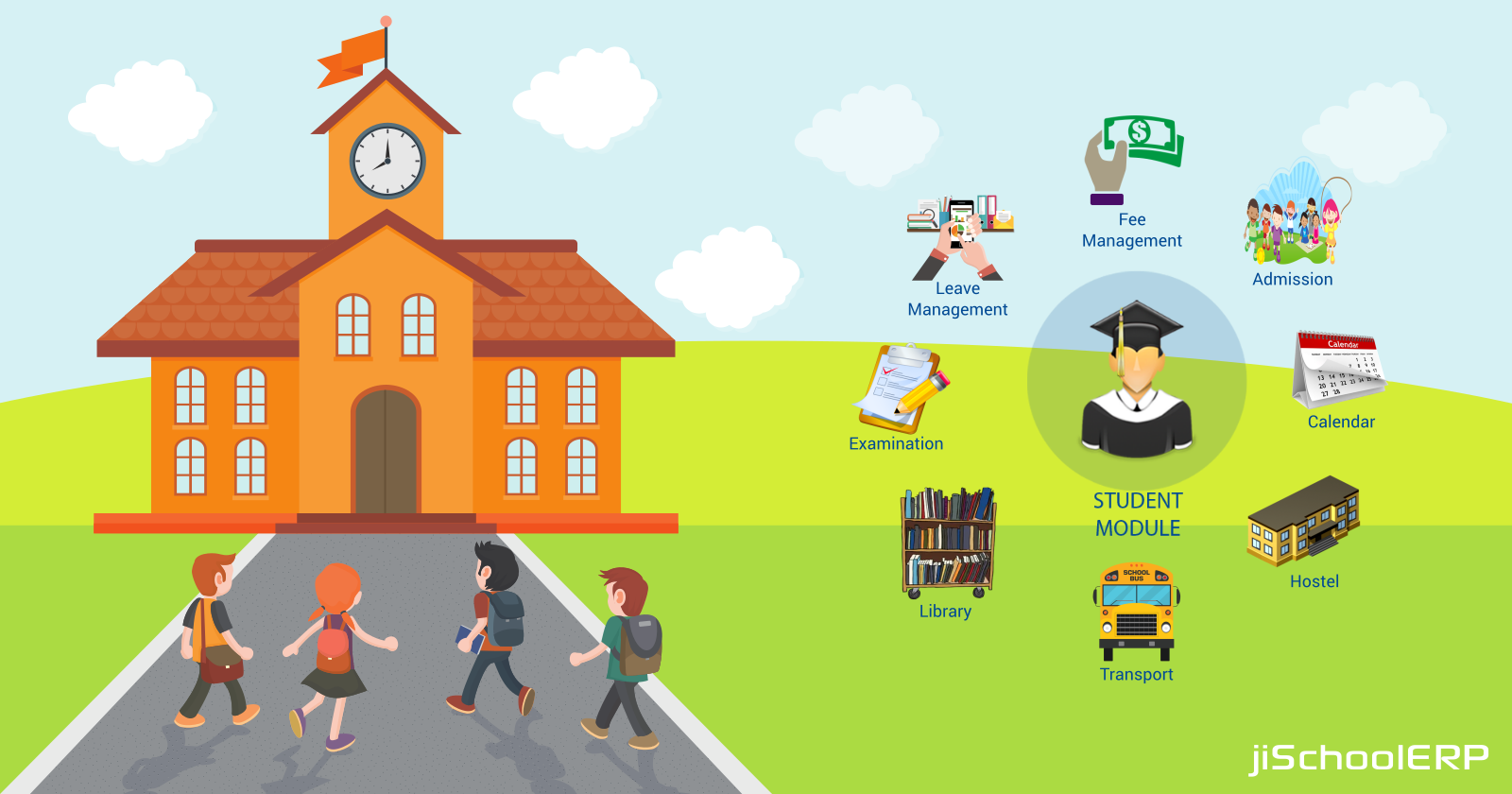
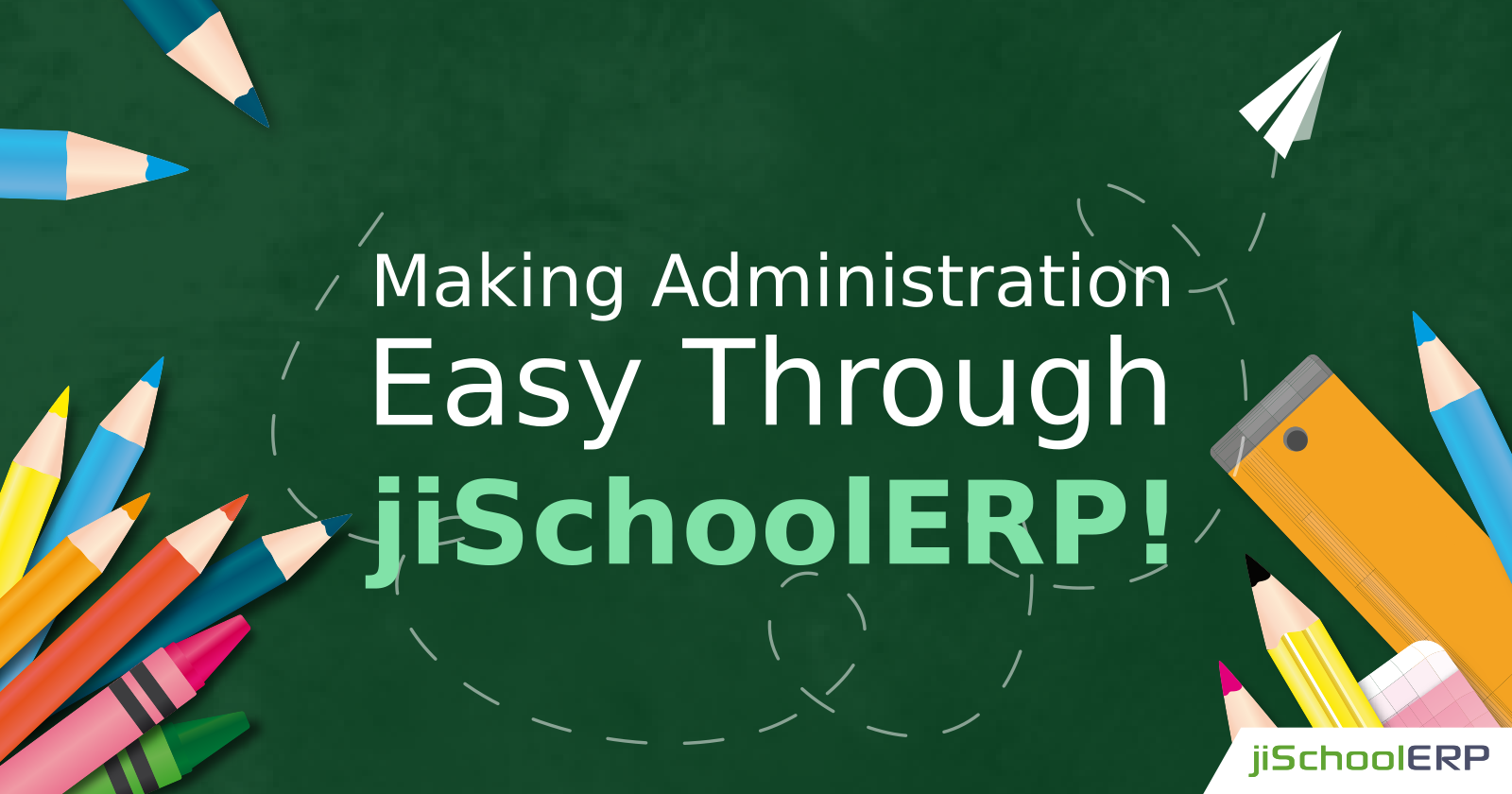
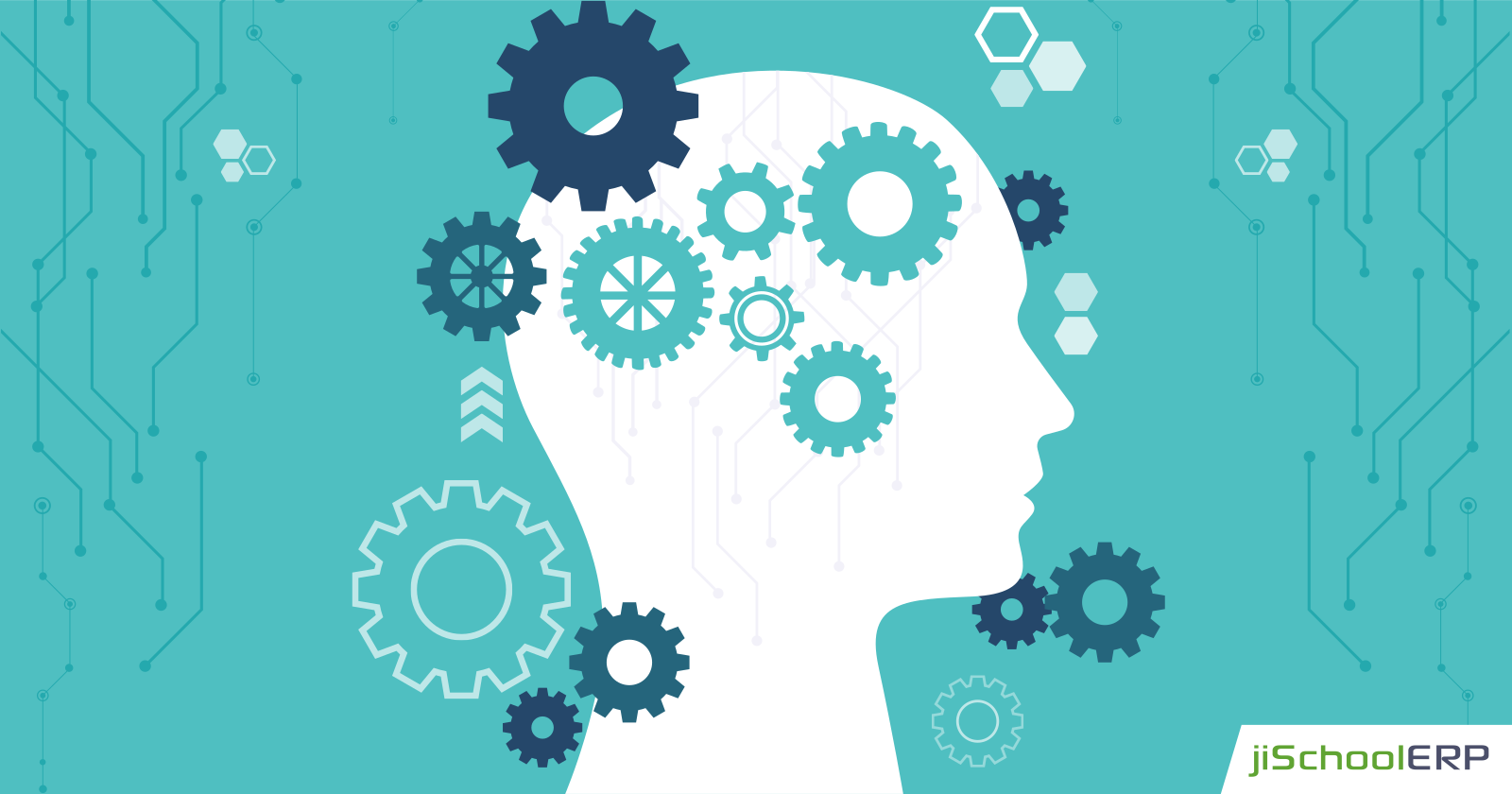
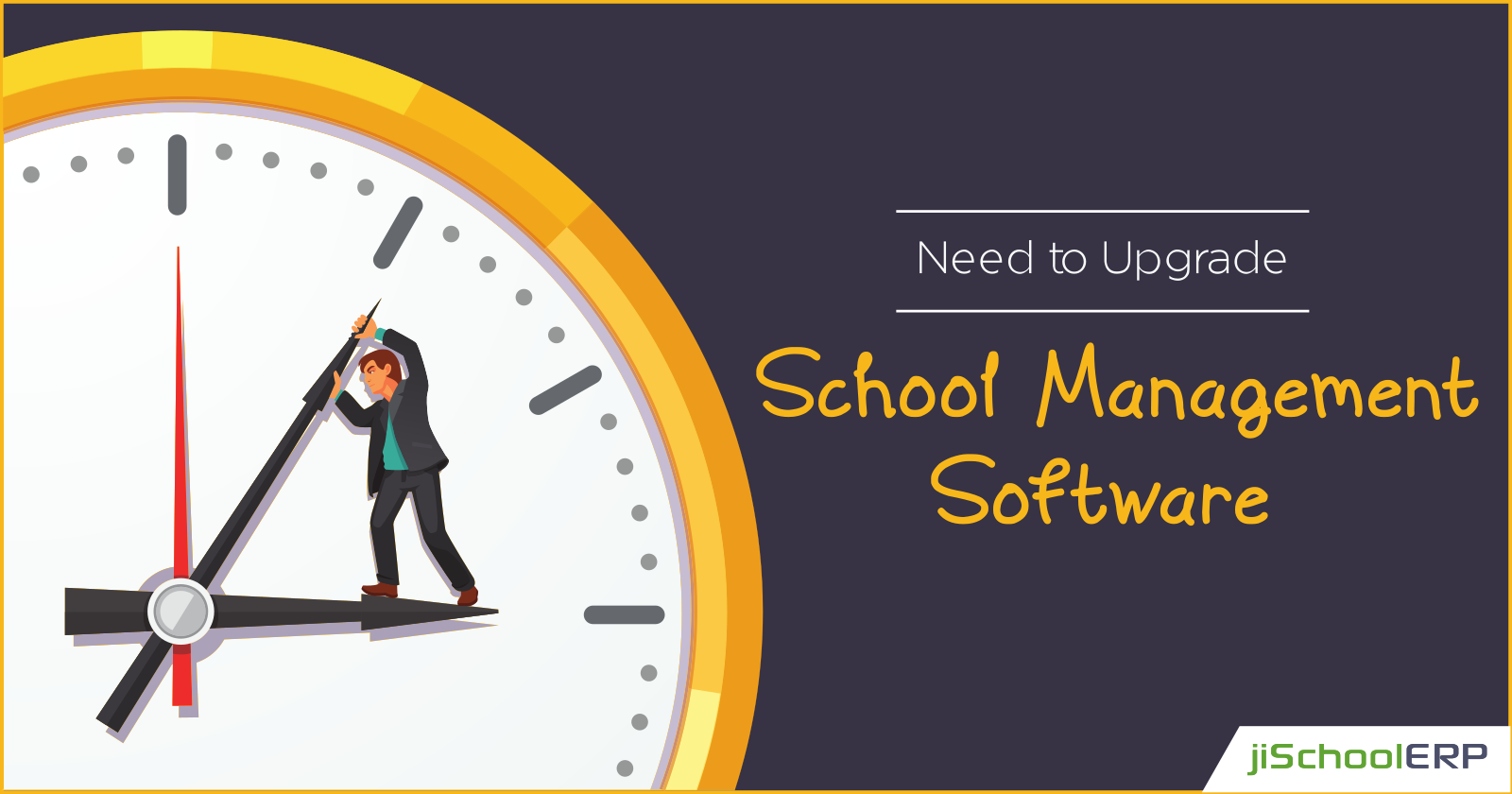
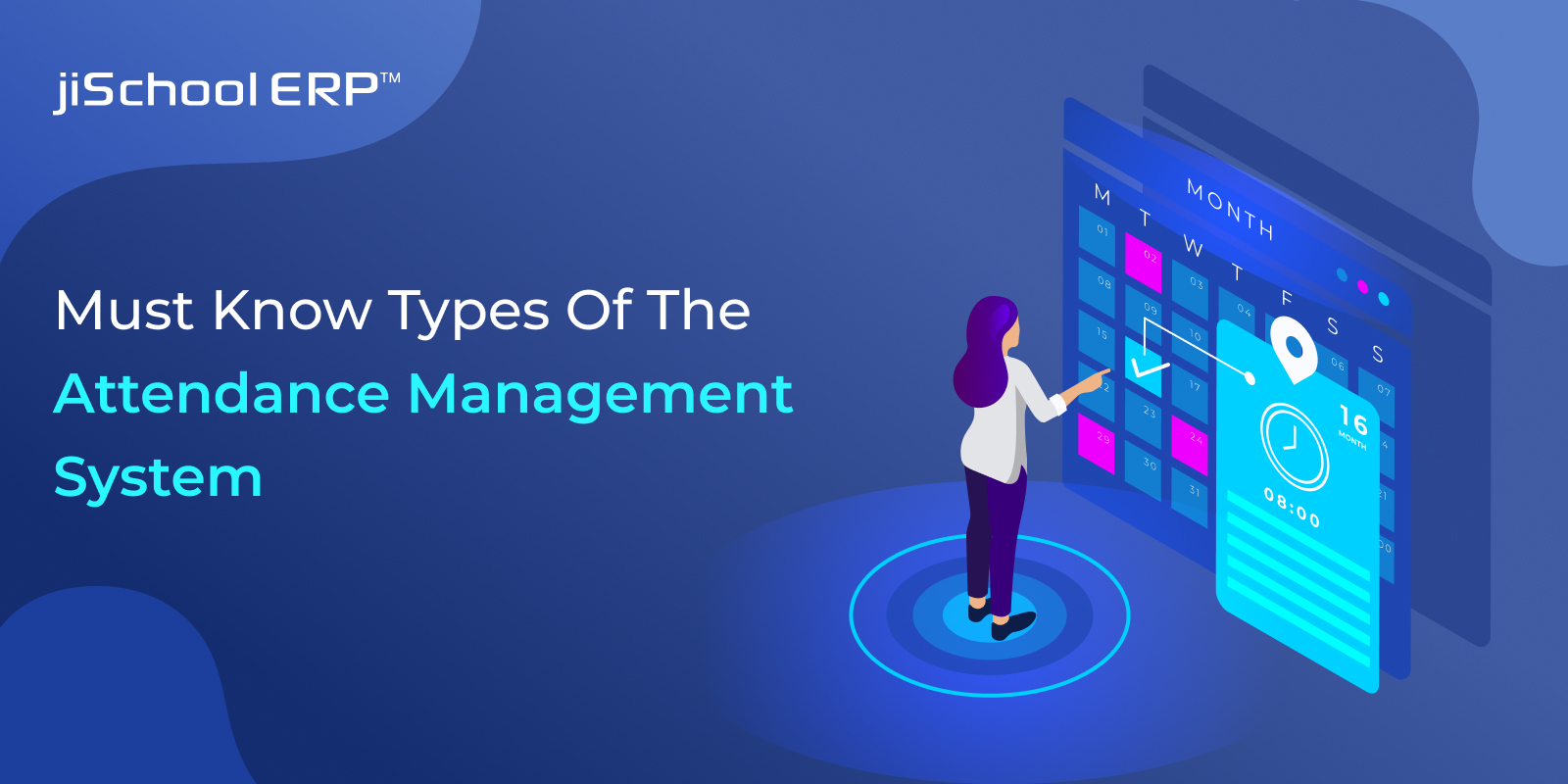


Share this post on: